
The Supreme Court of Virginia has yet to make a formal ruling on ‘visibility’ in the context of just compensation, leaving landowners, litigators, and right-of-way professionals an open question that regularly arises but is difficult to solve.
The closest the Supreme Court of Virginia Court has perhaps come to ruling on visibility is in the case of Commonwealth Transp. Comm’r v. Target Corp. The concept of visibility as a commercial asset was brought before the Court when a landowner argued that the damages to the residue included that a store was no longer visible from the road after the take. Commonwealth Transp. Comm’r v. Target Corp., 274 Va. 341, 650 S.E.2d 92 (2007). The visibility of the store from the road was obscured due to new privacy barriers. Id. at 95. The landowner maintained that damages to the residue should include lack of visibility, but the Court declined to rule on the matter of visibility, noting that it remains undecided in the Commonwealth. Id. at 353.
The Supreme Court of Virginia also discussed this issue more recently in City of Chesapeake v. Dominion Securityplus Self Storage, L.L.C.. The raised elevation of a roadway caused a self-storage facility to no longer be visible from the original Dominion Boulevard. Though there was a taking from the landowner, the raise in elevation causing the difference in visibility did not occur on the parcel taken from Dominion. The landowner claimed that the condemnation resulted in a reduction in market value to the remaining property due to loss of reasonable access, visibility, and other causes. City of Chesapeake v. Dominion Securityplus Self Storage, L.L.C., 291 Va. 327, 331, 785 S.E.2d 403, 405 (2016). The Supreme Court of Virginia held that the landowner waived any claim for damages in a waiver signed by their predecessors in interest. The Court declined to rule on whether loss of visibility is a compensable damage to the residue in a condemnation proceeding.
Although Supreme Court of Virginia rulings on this issue are sparse, there are a few circuit court decisions which further address this issue. For example, in In re Comm’r of Hwys, 2018 Va. Cir. LEXIS 3022 (Loudon County Cir. 2018), the landowners argued that the fair market value of their property was impacted by impacts of the improved roadway occurring outside of their taken parcel. The issue at trial was whether damages flowing generally from the road-widening project but not directly from the partial take itself could be admitted as evidence of damages. In re Comm’r of Hwys contains a common landowner allegation, that the project at large impacted the resale value of the landowner’s property because of proximity and exposure to a major roadway. The landowners argued that because of the taking, the property was more exposed to the road when the road was closer to the home, above the grade at the property line, and close to eye level when standing on the second story rear deck.
The circuit court held that compensation is limited to the specific take and not the overall project, and importantly, “[i]f the visibility is limited because of the specific take, then visibility should be considered in assessing the value of the take”; but if the impact is due to the overall project, then it should not be considered. Id. at 14, quoting Commonwealth Transportation Commissioner of Virginia v. FR Pike 7, Limited Partnership, Case No. CL 2009-1538 (Fairfax County Cir. Ct. May 28, 2010). Applying this reasoning, the Court held that the alleged damages could not be included in the determination of just compensation when the damages did not flow directly from the partial taking of land.
The previous cases deal with visibility in terms of a commercial asset. It is not certain whether Virginia courts would rule differently on assigning damages to the personal enjoyment of a view not related to commercial aspects. The issue would seem to turn on the right of a view to the property and the right of a view from the property, but it remains to be seen how it turns out. However, it seems difficult to come up with an argument based on property rights why an owner would have a property right to a view out over the property of others. A 2016 California Court of Appeals decision seems to illustrate this premise. In Boxer v. City of Beverly Hills, landowners brought an inverse condemnation claim against a city based on impairment of views from their backyards caused by coastal redwood trees that the city planted in a city. Boxer v. City of Beverly Hills, 246 Cal. App. 4th 1212, 201 Cal. Rptr. 3d 371 (2016). The Court held that plaintiffs did not have a property right to an unobstructed view, and that the lack of physical intrusion into their property was fatal to their claim when plaintiffs failed to allege any intrusion, occupation, or invasion of their property.
It is clear that right of way professionals and landowners are more frequently facing the question of whether visibility or view can be compensated for in a land taking. There has yet to be a formal ruling from our state’s highest court, but lower courts are slowly implementing standards from other jurisdictions. What we know from the current state of Virginia law is that damages must flow directly from the take itself, not the overall project. It seems unlikely that Virginia courts would grant compensation for the detriment of a view from a property over the lands of another. However, until the Supreme Court of Virginia definitively rules on the subject the matter remains somewhat open to interpretation.
If you have court opinions that involve compensability of view and would like us to discuss it on the blog, please feel free to reach out to us.
If you enjoyed this article, please feel free to click the subscribe button below if you are not already a subscriber.
Virginia Augello will be joining the firm’s Eminent Domain / Right of Way Practice Group as an associate attorney, focusing her practice in the practice group’s eponymous areas of eminent domain and right of way as well as local government work.


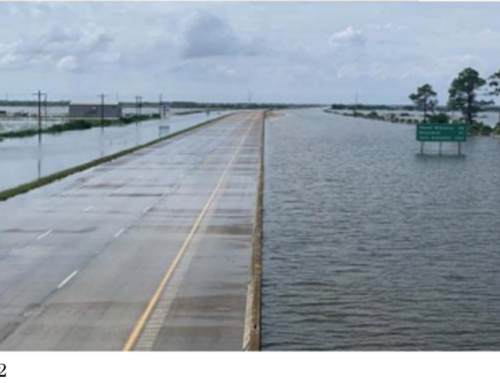
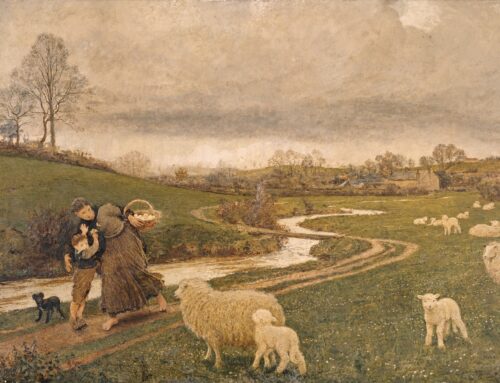
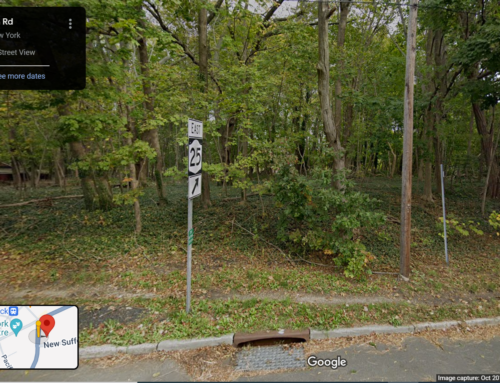
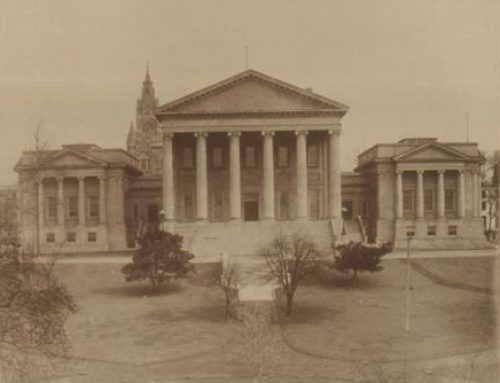
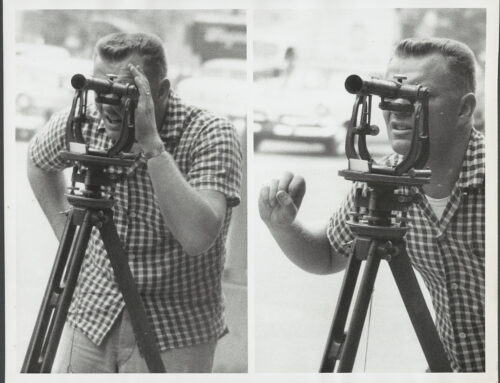
Leave A Comment